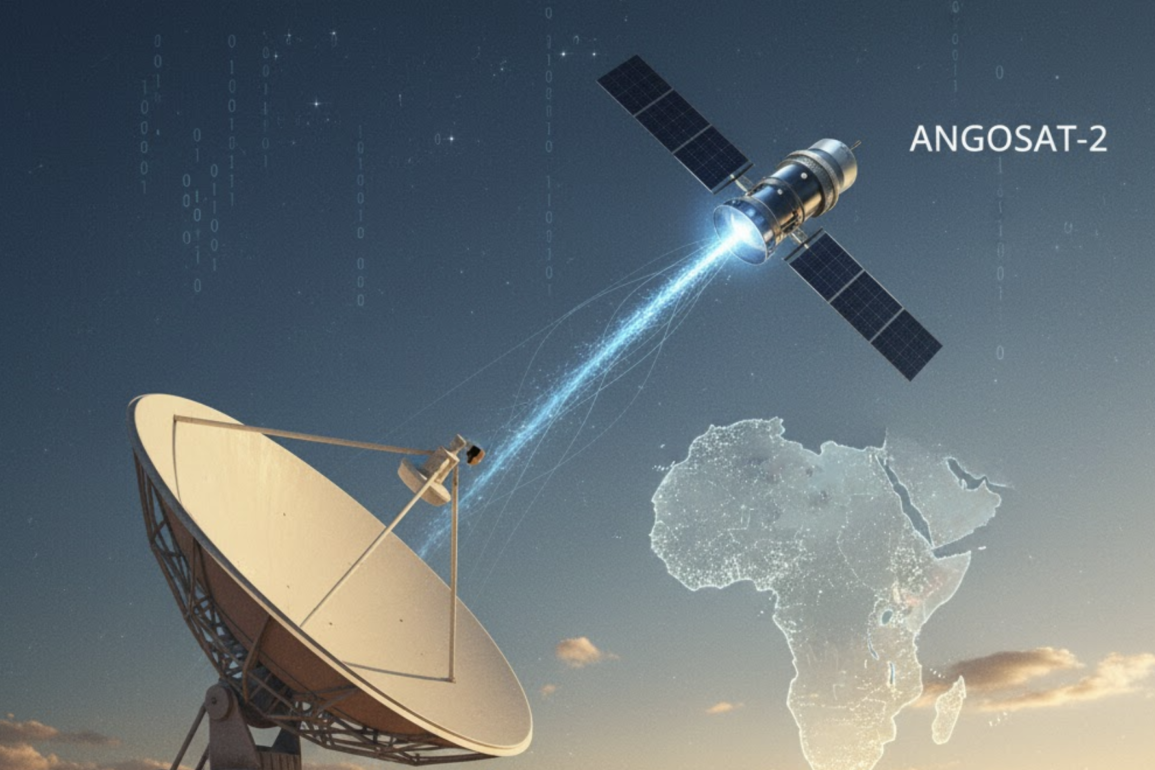Namibia’s Ministry of Information and Communication Technology (MICT) has entered into a partnership with Angola to leverage the Angosat-2 satellite in extending connectivity to Namibia’s most remote areas—regions where terrestrial infrastructure remains sparse.
The collaboration, driven jointly by Telecom Namibia and Angola’s Space Management Office (GGPEN), seeks to harness satellite technology to provide reliable Internet and voice services to underserved communities.
According to MICT, the agreement will explore how Angosat-2 can support broadband delivery and network backhaul solutions, offering cost-effective alternatives to ground-based systems.
During an interministerial phone call, Namibia’s Minister of ICT Emma Theofelus emphasized that deepening cooperation with Angola would “expand Namibia’s communication alternatives.”
Talks between the two sides began in June 2025, culminating in the launch of a proof of concept (PoC) to evaluate the satellite’s performance in meeting Namibia’s connectivity demands. The trials focus on bringing broadband Internet to rural areas, bolstering Telecom Namibia’s network, and assessing the viability of satellite-driven backhaul links.
Launched in 2023, Angosat-2 is a high-throughput telecommunications satellite (HTS) operating in geostationary orbit. It provides C, Ku, and Ka-band coverage across the African continent and parts of Europe, enabling high-speed Internet, television, and telephone services—even in regions lacking terrestrial networks.
In August 2023, Angola began technical preparations to extend the satellite’s capabilities to other Southern African Development Community (SADC) member states, ensuring broader regional access.“Angosat-2 will ensure space technology plays a vital role in the country,” said Minister Emma Theofelus, underscoring Namibia’s commitment to using satellite innovation to close connectivity gaps.
Network Improvements Across Africa
Namibia’s move to adopt Angosat-2 services aligns with a continental trend—African nations are increasingly investing in cross-border and rural connectivity initiatives.
In August 2025, Mobile Telecommunications Limited (MTC) launched the Buffalo Project, a rural network optimization program aimed at boosting connectivity in northern Namibia.
That same month, Airtel Congo partnered with Wing Wah, a subsidiary of the Chinese conglomerate Southernpec, to deploy a private telecom network at the Banga Kayo oil field in Congo-Brazzaville.
Elsewhere, Airtel Africa signed a strategic infrastructure-sharing agreement with Vodacom Group in Mozambique, Tanzania, and the Democratic Republic of the Congo (DRC).
In a parallel effort, Congo-Brazzaville’s ARPCE and Angola’s INACOM signed a frequency coordination agreement for their shared border to enhance cross-border communication.
In West Africa, Liberia and Sierra Leone rolled out the ECOWAS free roaming initiative in August 2025, reducing cross-border mobile charges.
Earlier, in March 2025, MTN Group and Airtel Africa agreed to share network infrastructure in Uganda and Nigeria, while Vodacom and Orange announced a similar pact in the DRC in January 2025, pledging to build 2,000 solar-powered base stations over six years.
Likewise, in January 2024, Algérie Télécom (AT) and Ooredoo Algeria signed an agreement to share infrastructure and collaborate on innovative telecom services.
Together, these developments highlight a growing regional push toward shared infrastructure, satellite integration, and sustainable connectivity, with Namibia and Angola’s partnership on Angosat-2 emerging as a key step toward bridging Africa’s digital divide.




